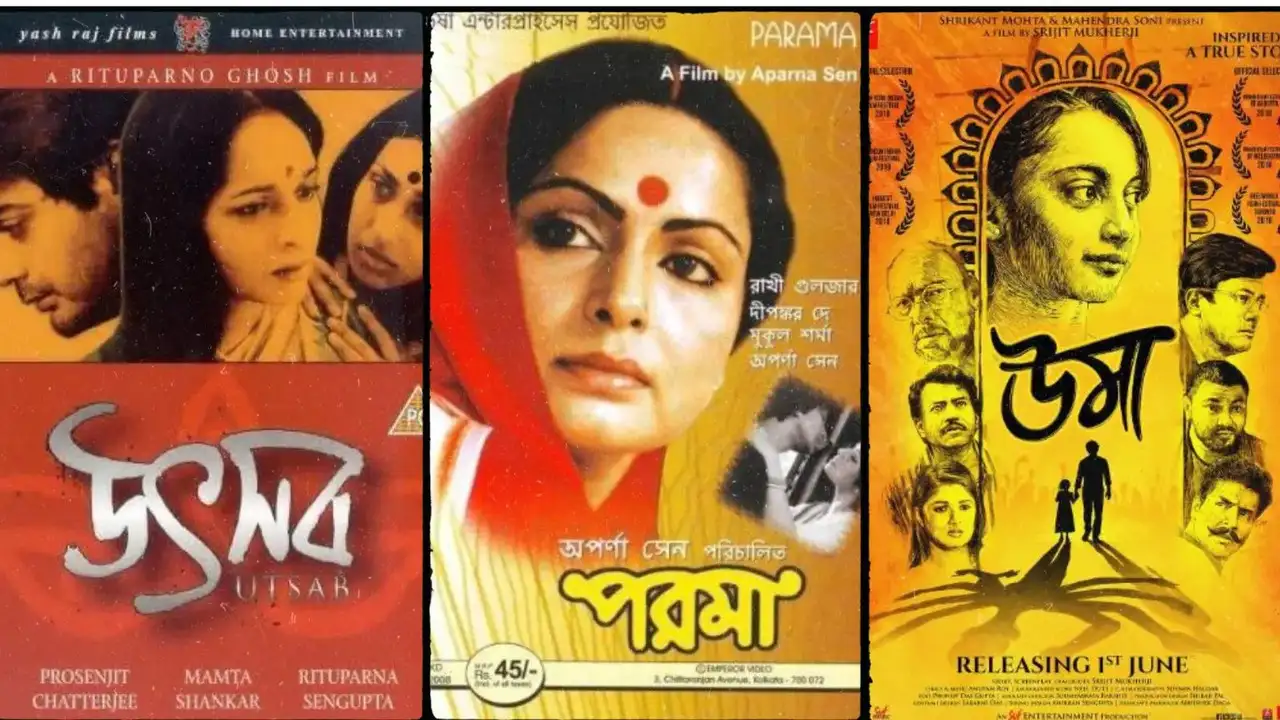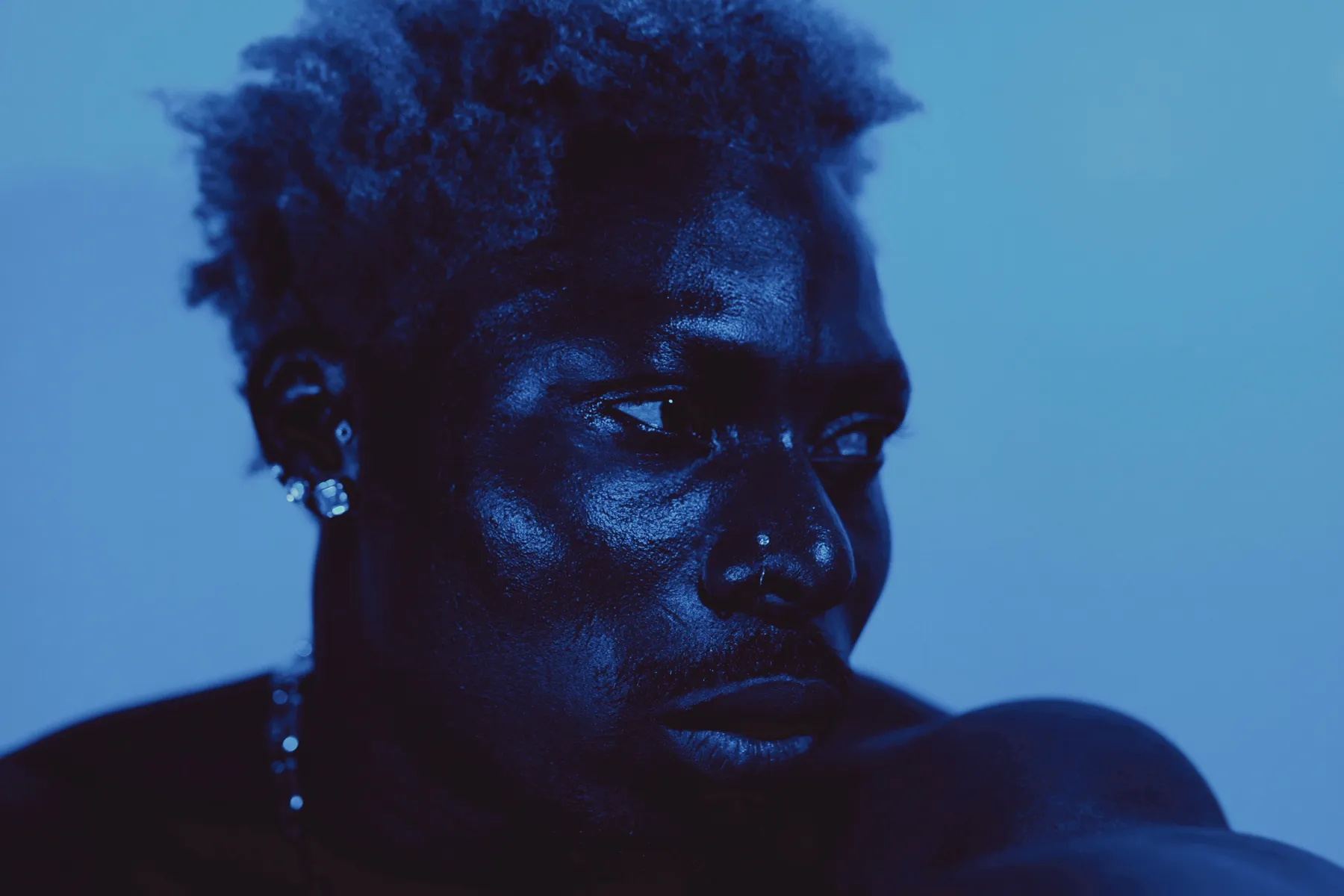By Soumyabrata Gupta
Copyright timesnownews

Durga Puja is not just a festival. It is an emotion, a way of life. For five days, streets in Bengal turn into rivers of art and poetic expression. Fluttering marquees dot neighbourhoods – old and new, and the fervent beatings of the dhak announce the arrival of the ten-armed Goddess and her retinue of children in tow. But beyond its obvious religious and cultural resonance, Durga Puja has found life as a cinematic metaphor too. Films using Durga Puja as a milieu or narrative catalyst have shaped narratives, moods and imagery for decades. From Satyajit Ray’s carefully observed rituals in the 1960 Devi or 1979 Joy Baba Felunath to the lush grandeur of contemporary Puja sequences in commercial blockbusters, the festival has always been more than a backdrop. Durga Puja has found life as an emotion – a character in itself – in bioscope as well. Modern filmmakers have engaged with Durga Puja as evocatively as Ray perhaps. The late legend Rituparno Ghosh – whom the world lost too soon – to Srijit Mukerji and even Aparna Sen hasve carried Durga Puja into cinema in unique ways. While Rituparno has used the five-day festivity as a chronicler of memory and loss, Srijit has engaged it as a purveyor of nostalgia and cultural identity, Aparna Sen’s cinema has echoed the vagaries of gender and identity as well as a visual spectacle. These films show us how Puja is not only devotion, but also intimacy, longing and the very texture of Bengali existence, etching memories within red, white and yellow. Rituparno Ghosh And The Melancholy Of Durga Puja Rituparno Ghosh often used Durga Puja as a vessel to explore themes of family, gender and fractured relationships. Ghosh showed Puja – not merely as a festival of lights and colours – but as a prism of human emotions – loneliness, estrangement, nostalgia – and saw them through a refractive lens. Also Read: Why Is Lord Ganesha Never The Hero In Our Films? In the 2000 film Utsab, the title itself meaning festival – the narrative centres around a Durga Puja being organised in a crumbling ancestral home. Featuring Prasenjit Chatterjee, Rituparna Sengupta, Madhabi Mukherjee and Mamata Shankar in pivotal roles, the film sees family members gathering for the yearly ritual, and unresolved tensions brewing beneath the surface. In Ghosh’s evocative tapestry of storytelling, the goddess’ homecoming mirrors the uneasy reunions of relatives who have drifted apart. The Puja grandeur becomes a backdrop against which the impermanence of relationships is exposed. The brilliance of Ghosh’s lens is in the sensory details he attributes to the Puja. Flicker of oil lamps, crackle of new saris, the fragrance of shiuli flowers and the grandeur of the puja. The film commences with Ghosh paying a tribute to Ray, in copying – an admitting – to a scene taken from Joy Baba Felunath. Yet these details are never just decorative. Instead, they carry the weight of memory. The dhaak beats remind characters of their childhoods, the idol’s gaze reflects their inner yearnings, and the rituals become reminders of both filial bonds and alienation. In Utsab, Goddess is both a symbol of power and a silent witness to the fragility of humanity and relationships. Ghosh presented Durga Puja as a gendered space as well. Women in his films occupied a central role during the festival – organising, remembering, negotiating intricate spaces. His lens often found tenderness in how women related to the goddess – as a mother, as a confidante and as a mirror of their struggles. Srijit Mukherji And Durga Puja: Nostalgia, Identity and Cultural Anchoring Rituparno Ghosh used Puja to question intimacy and Srijit Mukherji embraced it to reinforce identity. For Mukherji, Durga Puja is less about melancholy and more about belonging. Durga Puja almost becomes a signifier for Bengaliness, a cultural anchor that ties characters to their roots. Also Read: Politics Of Food In Cinema: What’s On The Plate – Caste, Culture, Cuisine In the 2018 Uma, Mukherji’s Puja becomes an act of love and survival. The film, inspired by real-life events, follows a terminally ill child, whose only wish is to witness a Durga Puja. With time against them, her father and a group of unlikely allies stage an entire Puja in advance. What Mujherji does is strip the festival of its calendar bound rigidity and instead turns it into an expression of human resilience. Here, the Akal Bodhon becomes theatre beyond a proscenium and a cinema within a cinema – highlighting how the spirit of the festival is beyond time-bound inflexibility, and is actually a collective emotion. In Mukherji’s Uma, Durga Puja is used as a tool of narrative urgency and cultural celebration. From the crisp autumnal air, to the sound of conch shells, Mukherji’s narrative invoke the nostalgia associated with the festival. He situates his audience in a familiar emotional geography while they navigate uncharted emotions. For the diasporic viewer, Mukherji’sPuja carry the power of transportation and the evocation of being homebound. Aparna Sen’s Durga Puja: Women, Ritual and Resistance Aparna Sen questions tradition. And when Durga Puja, as a cinematic motif, appears in her work, it becomes a space where gender roles, faith and resistance intersect. Also Read: Not Just Kyunki 2, We Need A Fresh Tara And Shanti On TV Screens As Well In Aparna Sen’s 1985 film Paroma, Durga Puja becomes a device of narration and symbolic backdrop, highlighting the protagonist Paroma’s loss of self and defeated identity amidst her domestic and filial duties. The opening frames of the film capture the rituals and activities of the puja, while shlokas play in the background, positioning the heroine as the subservient centre of these activities. In ways, Sen positions the heroine in a manner which underscores her inability to achieve the power and incomparability of her namesake, Durga. The rituals of the festival, which she is seen being engaged in, are shown to be constraints to her identity, rather than her source of strength. Aparna Sen does not romanticise Durga Puja uncritically. She acknowledges its splendour, but also interrogates the patriarchal frameworks embedded in the rituals. Durga Puja As Cinema, Cinema As Durga Puja The lens may be varied, kaleidoscopic, but what unites all these filmmakers is their recognition of Durga Puja being inherently cinematic. Be it in the scale, music, ritual – the festivity is already inherently theatrical and each of these directors has harnessed the essence of Durga Puja in the way it is performative in nature. Puja is a metaphor – to Rituparno Ghosh, it is the tension between togetherness and loneliness. For Srijit, it is the heartbeat of cultural identity and nostalgia and For Sen, it is the black between the glimmers that question patriarchy. Together, the lens of these filmmakers remind us that Durga Puja is not just a worshipping the goddess, but rather be a chronicler of memory, belonging, spectacle and story.



